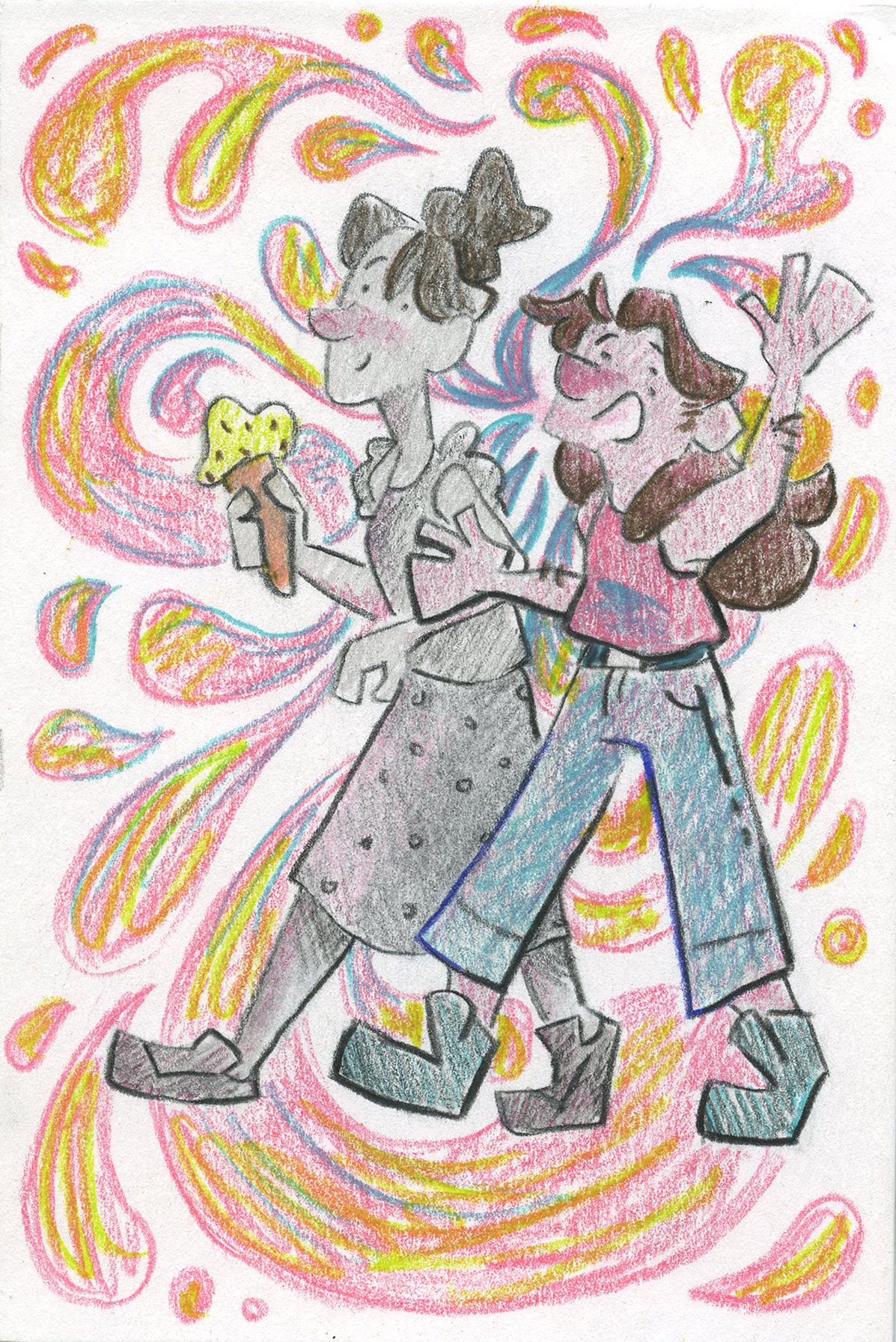Name of Project: Art of Communication
Grade Level or Age of Participant: Ages 5 and up
School, Teacher and Classroom: Friends for 100 Years: A Lasting Legacy - Park Events throughout the summer taught by MIA artists
MCAD Teaching Artist: on staff MIA teaching artists
Number of Students: ~2000 throughout the summer
VISUAL ARTS CONTENT OR STANDARDS
K-3 1. Artistic Foundations
1. Demonstrate knowledge of the foundations of the arts area.
Visual Arts 0.1.1.5.1 1. Identify the elements of visual art including color, line, shape, texture and space.
K-3 2. Artistic Process: Create or Make
1. Create or make in a variety of contexts in the arts area using the artistic foundations.
Visual Arts 0.2.1.5.1 1. Create original two- and three- dimensional artworks to express ideas, experiences or stories.
K-3 2. Artistic Process: Create or Make
1. Create or make in a variety of contexts in the arts area using the artistic foundations.
Visual Arts 0.2.1.5.2 2. Revise an artwork based on the feedback of others.
CURRICULAR LINK / STANDARDS
01155 Communications
Courses in this classification focus on the application of oral and written communication skills through a variety of formal and informal experiences. They emphasize developing effective interpersonal skills and may include team-building components. How interpersonal communications are affected by stereotypes, nonverbal cues, vocabulary and stylistic choices may be included.
OVERVIEW OF PROJECT
Participants will create a work inspired by Speech by Saul Steinberg (1959), exhibited in the MIA. On a postcard, participants will depict a conversation they had with a friend in the form of shapes, lines, and color in either a representational or abstract style. They can then send the postcard to a loved one.
“BIG IDEAS”/ ESSENTIAL QUESTION(S)
What ways of communication work best for you? Is it by talking? Dancing? Drawing?
How do line, shape, and color affect the tone of an artwork?
STUDENT OUTCOME OBJECTIVES
Students will:
Create a postcard using linework, shape, and color to express themselves
Evaluate how linework, shape, and color give a certain tone to their artwork.
Analyze what forms of communication work best for them
Understand that everyone has a different form of communication and expression, which could cause misunderstandings or confusion between people.
PRIOR KNOWLEDGE
Basic motor skills for using a pencil
Basic communication in any form (verbal, expressions, body language, etc)
LESSON PREPARATION TIMELINE
Map out lesson plan
Create artwork example
Meeting with Aki Shibata about revisions
Revisions to lesson plan
Meeting with Krista Pearson about revisions
Revisions to lesson plan
Collect materials
EXAMPLES OF ARTWORK
https://collections.artsmia.org/art/129764/speech-saul-steinberg
Saul Steinberg, Speech, Ink, graphite, conté crayon, and rubber stamp on paper, 1959
Teacher Example
ASSESSMENT
Students will be able to see their own success by being able to identify how they best communicate with others and how a conversation could be interpreted using line, shape, and color. This can come from reflection through the process of creating their artwork or seeing the finished product.
MATERIALS
~$1- 3 each
Postcard Sized Cardstock Paper
Pencils
Colored Pencils
Eraser
Stamp
Table for participants to work on
LEARNING ACTIVITIES AND TIMING
TA will greet people who walk past and ask if they would like to make a postcard. (1 minute)
TA will explain to the participant that they will express a conversation they had with a friend on a postcard with pencils and colored pencils. It can be representational or it can be abstract. There will be a few print outs of Saul Steinberg’s example for inspiration. The TA can show how the piece is represented with the use of people opening their mouths as if in a conversation, while also showing the abstractness of the way the speech bubbles are formed. The TA will encourage the participants to think about the mood of their overall conversation. Was it happy and exciting? Was it a form of comfort? They will encourage the participant to use colors and shapes they think best help to show the conversation. (3 minutes)
TA will then give them a postcard and drawing utensils. (1 minute)
Participants will then be able to draw on only one side of the postcard. The participants can sketch out their idea lightly with a pencil or they can start drawing right away. (15 minutes)
Once the participant is finished, they can show the TA their postcard 1 by 1 if they so choose and describe the conversation they drew. (1 minute)
TA will ask if they would like to leave the postcard with them, so it can be showcased at the MIA on the first floor.
If the participant wants to keep it, the TA can offer a stamp so the participant can address and mail their postcard right away. (1 minute)
TEACHING ARTIST REFLECTION
This project fits into the communication curriculum because the participant is actively thinking about the tone of a conversation they had. They can reflect on how some people would not understand their conversation based on different interpretations and social cues.
Participants will be able to mail their postcard to a loved one, sharing it with the community.
Feedback will be received by how enthusiastic the students are about creating their postcard.



